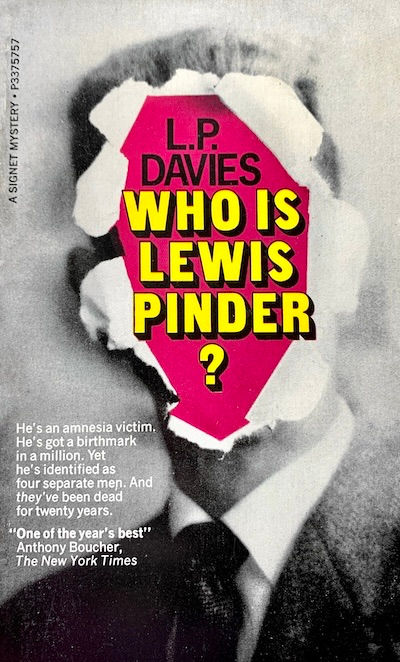The Fox by D. H. Lawrence
- JetBlackDragonfly

- Apr 3
- 3 min read
Updated: Apr 7

D.H. Lawrence was an English writer whose modernist works earned him a controversial reputation. Lady Chatterley's Lover, Women in Love, The Rainbow, and Sons and Lovers were all subjects of censorship trials for their radical portrayals of romance, sexuality and language. The Fox has been hailed as a feminist classic. Written in 1923, it may have been racy for the time, but you would have to work pretty hard to find anything sexual in this "deeply sensual novel of desire."
The two women were known by their surnames. March and Banford had set their lives alone on a secluded farm; a wooden barn and gabled farmhouse at the edge of the wood. They worked it themselves, raising chickens and cattle.
At nearly thirty, it looked that they would never marry. Banford tended the home while March worked the farm, having taken courses in carpentry. She was the man about the place, and carried a gun on watch for the wild fox who prowled the property. They had poor success, as the hens refused to lay, and they resented not having time for themselves. They seemed to be losing ground.
One dark evening, a soldier appears at the door. Henry Grenfel is looking for his grandfather, the previous tenant now deceased. With nowhere to billet in the area, there is not much to do except offer him a bed for the night. He stays a fortnight, helping with the work, and thinks - it would be good to have this place for his own, why not marry March? March is indifferent but feels pressured to hesitantly agree. Banford regrets letting him in at all, asserting he should leave, and if they marry, they cannot stay on the farm. This triangle builds tension until something violently snaps.
This deals with psychological relationships, gender roles, love and hatred. Banford and March are spinsters, independent women preferring each other to the company of men. This simple story is well-written and timeless, but the lesbian themes are very subtle. Perhaps just remaining unmarried was sign enough of oddity in 1923.
They were more prominent in the 1967 film starring Keir Dullea and Sandy Dennis, one of the first Hollywood movies about lesbians. It was a success despite dialing-up the display of nudity, masturbation, and an overtly sexual relationship. Rated R on release, it won the Golden Globe for Best Foreign Film (filmed in Canada).
The film was the subject of a US federal court case on the constitutionality of Mississippi's obscenity statute prohibiting "public view on a screen or otherwise, any obscene, indecent, or immoral picture". Theatre owners were arrested and the film seized. An appeal was dismissed as "the dominant theme of The Fox film is sex in a raw state in a product which the producers have attempted to whitewash and clean up just sufficiently to possibly escape condemnation as utter filth."
The power of art.
Lawrence endured persecution and public misrepresentation of his creative work all his life. At the time of his death in 1930, he was scorned as avant-garde and a tasteless pornographer who had only garnered success for erotica. We now revere him as one of our greatest imaginative novelists.
1923 / Paperback / 105 pages

Reviews of lesbian novels:




Comments